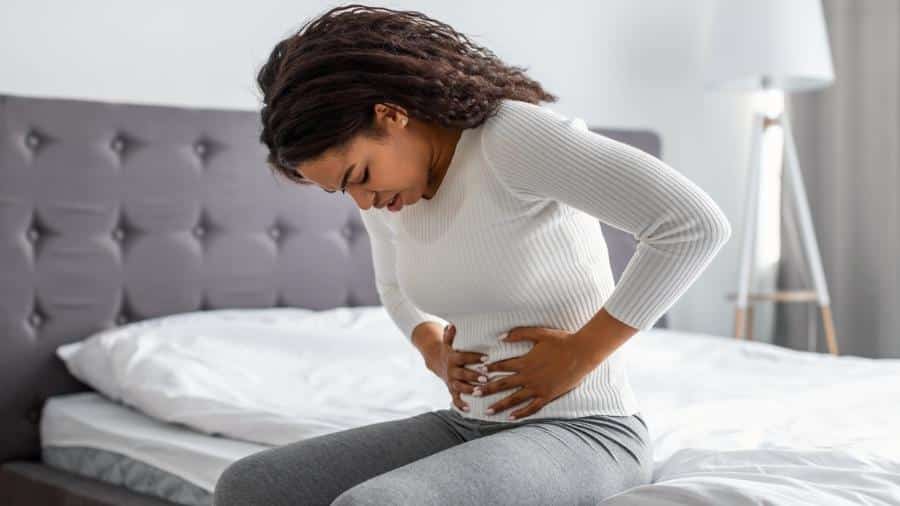In the context of Endometriosis Awareness Month, observed in March, it is important to realize that this disease affects millions of women around the world.
Globally, the World Health Organization (WHO) estimates that 180 million women suffer from endometriosis, with more than 7 million in Brazil alone.
Endometriosis is a condition that occurs when cells of the tissue that normally line the inside of the uterus, known as the endometrium, proliferate outside this organ.
Instead of being eliminated during menstruation, these cells move in the opposite direction and settle in other parts of the body, continuing to grow and causing bleeding. In this scenario, the body initiates a reactive process of eliminating these cells in inappropriate places, leading to inflammation.
Although it is a common gynecological condition, the specific causes of endometriosis are not yet fully understood.
Symptoms of endometriosis often vary between women, depending on factors such as the location and stage of the disease. However, some symptoms can present themselves in general.
What are the symptoms of endometriosis?
- Dysmenorrhea (severe menstrual cramps);
- Dyspareunia (pain during deep intercourse);
- Recurring abdominal pain.
- Intestinal pain or bleeding.
- Difficulties in evacuation
- Rectal bleeding during menstruation.
- Recurring urinary pain similar to a urinary tract infection.
- Depression cases
- exhaustion;
- Diarrhea.
These issues, in addition to the physical impact associated with them, have a profound impact on women's mental health. When physical pain is ignored or invalidated, it can lead to serious psychological consequences, such as anxiety and depression.
It is worth noting that approximately 40% of women with endometriosis face difficulties in conceiving.
Endometriosis treatment
Treatment for endometriosis should begin with an approach that includes respecting circadian cycles, controlling the consumption of inflammatory foods, engaging in physical activity and taking adequate nutritional supplements.
Next, hormone therapy begins, with the aim of reducing excess estrogen or improving progesterone resistance. Younger women can choose medications that stop menstruation.
In some cases, surgical treatments, such as video laparoscopy or robotic procedures, may be necessary. However, these procedures are only recommended in specific cases.
Endometriosis is a chronic condition that tends to decline with the arrival of menopause, due to a decrease in the production of female hormones and the end of the menstrual cycle.
Prevention and early diagnosis
Early diagnosis is essential to prevent endometriosis from developing to stages that require more intensive treatments or even hormonal blockade. Therefore, prevention is intrinsically linked to regular consultation with a gynecologist, which allows early detection of the disease.
Typically, the process of diagnosing endometriosis begins with a gynecological evaluation, followed by laboratory and imaging tests. However, to confirm the diagnosis, a biopsy is necessary.
Recommendations for dealing with endometriosis
Experts recommend not underestimating menstrual pain and always seeking guidance from a healthcare professional. Performing all the necessary tests to diagnose endometriosis is crucial, considering that this condition can affect quality of life and fertility. However, with proper treatment, fertility can be restored.
It is important to remember that only qualified doctors are able to diagnose diseases and prescribe treatments and medications.
With information from Catraca Liver

“Hardcore beer fanatic. Falls down a lot. Professional coffee fan. Music ninja.”






More Stories
The law allows children and adolescents to visit parents in the hospital.
Scientists pave the way for the emergence of a new element in the periodic table | World and Science
Can dengue cause hair loss? Expert explains how the disease affects hair